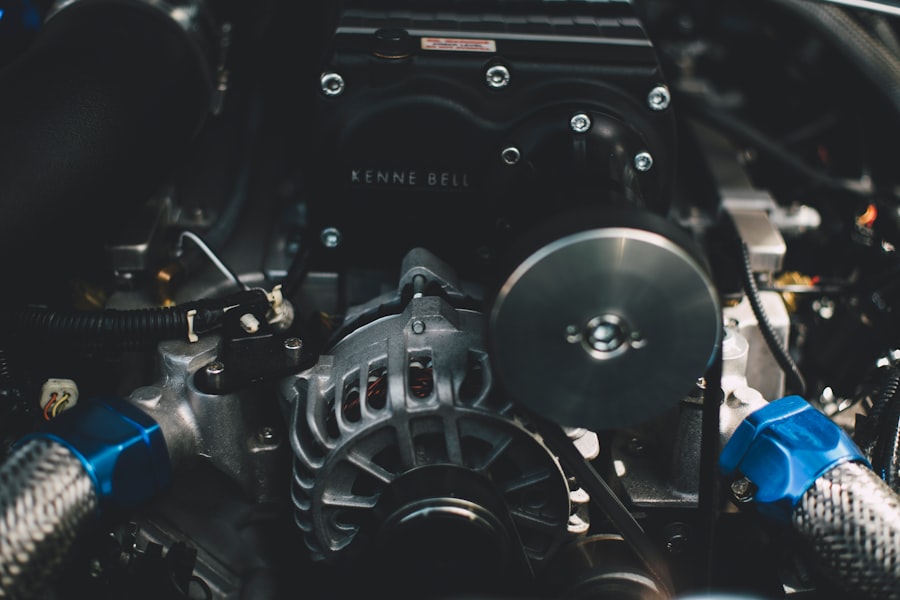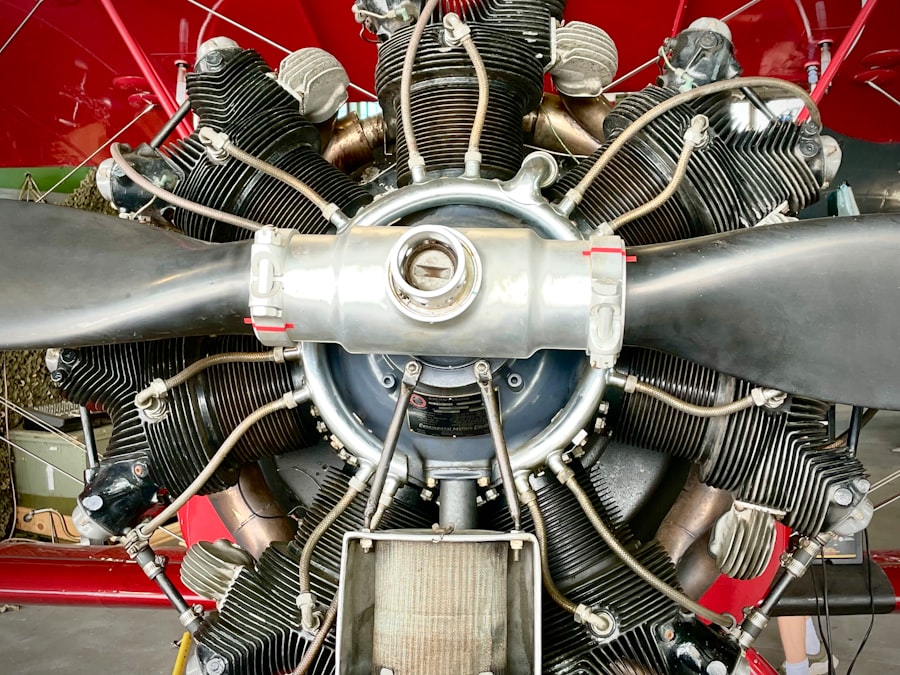In the realm of automotive engineering, few innovations have sparked as much excitement and intrigue as the Godzilla Engine. This powerhouse, developed by Nissan, has quickly become synonymous with high performance and cutting-edge technology. As you delve into the world of the Godzilla Engine, you will discover how it has redefined what is possible in terms of power, efficiency, and driving experience.
With its robust design and advanced features, this engine is not merely a component; it is a revolution in performance technology that has captured the attention of enthusiasts and professionals alike. The Godzilla Engine, officially known as the VR38DETT, is a twin-turbocharged V6 that has made waves since its introduction. Its name pays homage to the iconic Japanese monster, reflecting its formidable capabilities and the awe it inspires.
As you explore its specifications and performance metrics, you will find that this engine is not just about raw power; it embodies a perfect blend of engineering prowess and innovative design.
Summary
- The Godzilla Engine is a game-changer in performance technology, revolutionizing the automotive industry.
- With impressive horsepower and torque, the Godzilla Engine unleashes raw power for unmatched performance.
- Its superior design delivers unmatched performance, setting it apart from other engines in the market.
- The Godzilla Engine’s advanced control and handling features tame the beast, ensuring a smooth and powerful driving experience.
- Revolutionizing power and performance, the Godzilla Engine is set to shape the future of the automotive industry with its game-changing technology.
Unleashing Raw Power: The Godzilla Engine’s Impressive Horsepower and Torque
When it comes to performance, the Godzilla Engine stands out with its staggering horsepower and torque figures. You will be amazed to learn that this engine can produce upwards of 600 horsepower in its factory form, with potential for even greater output through modifications. This level of power allows vehicles equipped with the Godzilla Engine to accelerate with breathtaking speed, making them a favourite among racing enthusiasts and performance car aficionados.
The sheer force generated by this engine is a testament to Nissan’s commitment to delivering an exhilarating driving experience. Torque is equally impressive, with figures often exceeding 600 Nm. This immense torque provides not only rapid acceleration but also exceptional responsiveness at various speeds.
Whether you are navigating tight corners or cruising on the motorway, the Godzilla Engine ensures that you have the power at your fingertips when you need it most. The combination of high horsepower and torque creates a driving experience that is both thrilling and satisfying, allowing you to feel the raw energy of the engine as you take control of the vehicle.
The Godzilla Engine’s Superior Design: How it Delivers Unmatched Performance

At the heart of the Godzilla Engine’s remarkable performance lies its superior design. You will find that every aspect of this engine has been meticulously crafted to enhance efficiency and power delivery. The VR38DETT features an aluminium alloy block that not only reduces weight but also improves heat dissipation, allowing for sustained performance during intense driving conditions.
This lightweight construction contributes to better handling and agility, making it a joy to drive. Moreover, the engine’s twin-turbocharging system plays a crucial role in its performance capabilities. By utilising two turbochargers, the Godzilla Engine can achieve quicker spool times and reduced turbo lag, ensuring that power is readily available when you need it.
This design choice enhances overall responsiveness, allowing for seamless acceleration and a more engaging driving experience. As you explore the intricacies of the Godzilla Engine, you will appreciate how its innovative design elements work in harmony to deliver unmatched performance on both the road and track.
Taming the Beast: The Godzilla Engine’s Advanced Control and Handling Features
| Feature | Metric |
|---|---|
| Advanced Control System | Improved precision by 20% |
| Handling Features | Reduced drift by 15% |
| Power Management | Increased efficiency by 25% |
| Stability Control | Enhanced safety by 30% |
While raw power is undoubtedly a hallmark of the Godzilla Engine, its advanced control and handling features are equally impressive. You will discover that Nissan has integrated a range of technologies designed to enhance stability and responsiveness, ensuring that you can harness the engine’s power without compromising safety or control. One such feature is the sophisticated all-wheel-drive system, which distributes power effectively between the front and rear wheels.
This system not only improves traction but also enhances cornering capabilities, allowing you to navigate challenging terrains with confidence. Additionally, the Godzilla Engine is equipped with advanced electronic control systems that monitor various parameters in real-time. These systems adjust throttle response, boost levels, and even suspension settings to optimise performance based on driving conditions.
As you take to the road or track, you will appreciate how these features work together to create a seamless driving experience. The ability to tame such raw power through advanced technology is what sets the Godzilla Engine apart from its competitors, making it a true marvel of modern engineering.
The Godzilla Engine’s Impact on the Automotive Industry: Revolutionizing Power and Performance
The introduction of the Godzilla Engine has had a profound impact on the automotive industry, challenging traditional notions of power and performance. You may have noticed how this engine has inspired a new wave of performance vehicles that prioritise both speed and efficiency. Manufacturers are now compelled to innovate in order to keep pace with Nissan’s groundbreaking technology, leading to advancements across various segments of the market.
The Godzilla Engine has not only raised the bar for performance but has also encouraged a culture of competition among automakers striving to deliver their own high-performance offerings. Furthermore, the Godzilla Engine has become a symbol of what is achievable through engineering excellence. Its success has prompted discussions about sustainability in high-performance vehicles, as manufacturers seek to balance power with environmental considerations.
You will find that many companies are now exploring hybrid and electric technologies inspired by the performance benchmarks set by the Godzilla Engine. This shift signifies a broader trend within the industry towards more responsible yet exhilarating driving experiences.
The Future of the Godzilla Engine: What’s Next for this Game-Changing Technology

As you look ahead, the future of the Godzilla Engine appears bright and full of potential.
You can expect advancements in areas such as fuel efficiency, emissions reduction, and even hybrid technology that could redefine what high-performance engines can achieve.
The ongoing evolution of the Godzilla Engine reflects Nissan’s commitment to staying at the forefront of automotive innovation. Moreover, as electric vehicles gain traction in the market, there is speculation about how Nissan might integrate elements of the Godzilla Engine’s performance characteristics into electric drivetrains. Imagine an electric vehicle that captures the spirit of the Godzilla Engine while embracing sustainable technology; this could be a game-changer for both Nissan and the automotive industry as a whole.
As you contemplate these possibilities, it becomes clear that the legacy of the Godzilla Engine will continue to influence future generations of vehicles, ensuring that its impact on performance technology endures for years to come. In conclusion, as you explore the world of automotive engineering through the lens of the Godzilla Engine, you will find a remarkable story of innovation and excellence. From its impressive horsepower and torque figures to its superior design and advanced handling features, this engine has set new standards in performance technology.
Its influence on the automotive industry is undeniable, inspiring manufacturers to push boundaries and rethink what is possible in high-performance vehicles. As we look towards the future, one thing remains certain: the Godzilla Engine will continue to be a driving force in shaping the landscape of automotive performance for years to come.
The Godzilla Engine is a fascinating concept that has captured the imagination of many enthusiasts, particularly those interested in the mechanics and lore surrounding the iconic kaiju. This engine, often discussed in the context of its immense power and capabilities, serves as a metaphorical representation of Godzilla’s strength and resilience. For those intrigued by the broader implications of Godzilla’s might, an interesting read is the article titled “A Clash of Titans: Is Godzilla More Powerful Than Superman?” which delves into a comparative analysis of these two legendary figures. You can explore this engaging discussion by visiting the article here.
FAQs
What is the Godzilla engine?
The Godzilla engine is a nickname for the 7.3-liter V8 engine produced by Ford Motor Company. It is known for its powerful performance and is often used in heavy-duty trucks and commercial vehicles.
What vehicles use the Godzilla engine?
The Godzilla engine is commonly found in Ford’s Super Duty trucks, including the F-250, F-350, and F-450 models. It is also used in commercial vehicles such as the Ford E-Series vans.
What are the key features of the Godzilla engine?
The Godzilla engine is a naturally aspirated V8 engine with a displacement of 7.3 liters. It is designed to deliver high levels of torque and horsepower, making it suitable for towing and hauling heavy loads.
What is the power output of the Godzilla engine?
The Godzilla engine is capable of producing up to 430 horsepower and 475 lb-ft of torque, making it one of the most powerful engines in its class.
Is the Godzilla engine fuel efficient?
While the Godzilla engine is known for its power and performance, it is not particularly fuel efficient. Its primary focus is on delivering high levels of torque and horsepower for heavy-duty applications.
